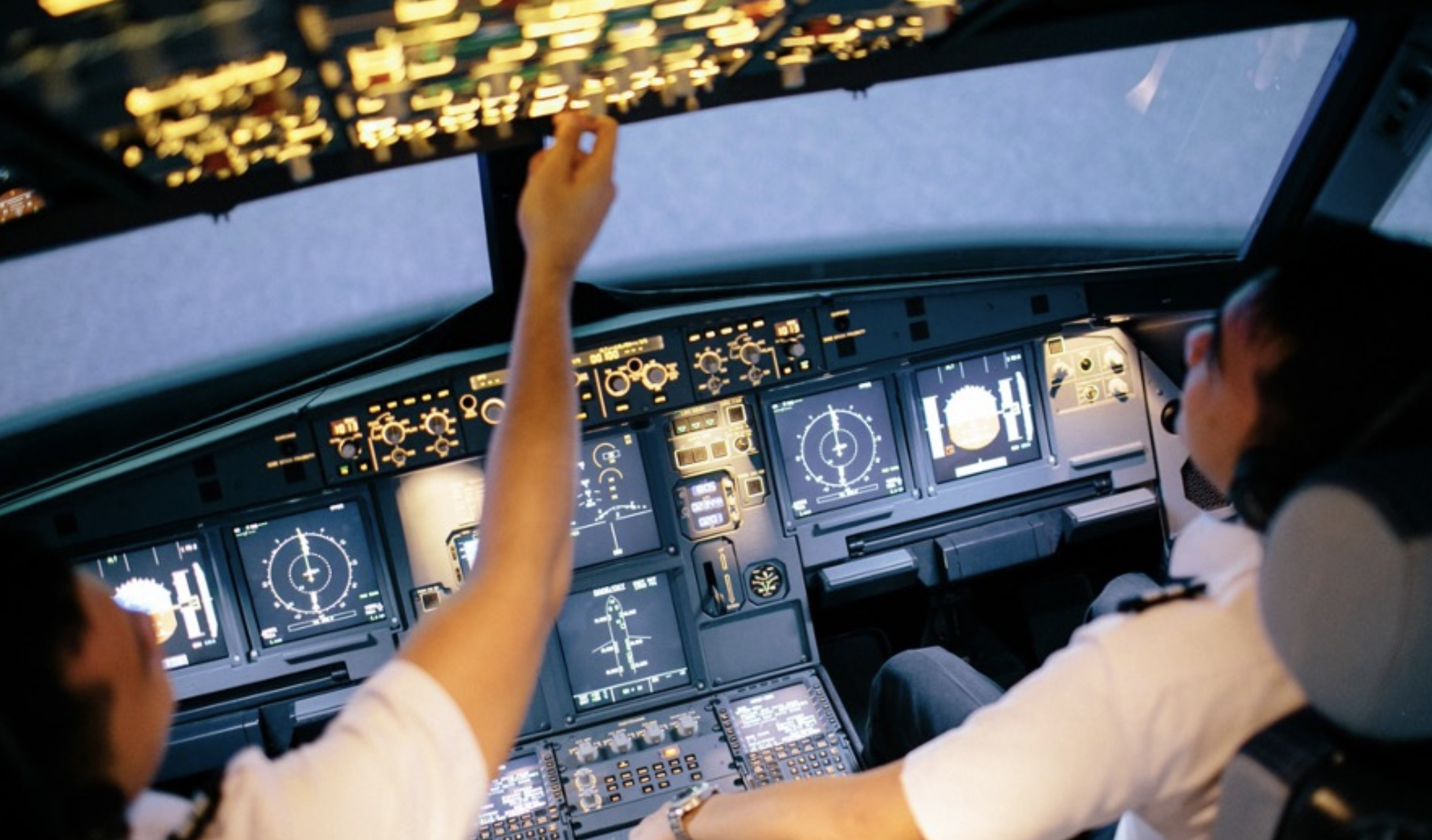Among the industries of the world, aviation is considered to be one of the biggest contributors toclimate change. According to science and conservation news website Mongabay, it’s estimated that aviation contributes up to 2.4% of global carbon emissions annually—most of which is produced by commercial air travel. The primary cause of the industry’s high carbon footprint is due to the combustion of jet fuel. As planes take flight, they release greenhouse gases such as carbon dioxide (CO 2 ) and nitrogen oxides (NOx) directly into the atmosphere, altering the concentration of atmospheric greenhouse gases, resulting in an increase in global warming.
Apart from emitting CO 2 and NOx, planes also produce contrails—thin, ice-crystal clouds that form dueto the condensation of water vapor from engine exhaust—when they fly at high altitudes. Contrails candisrupt the balance between the sun’s incoming solar radiation and the heat being emitted from theplanet’s surface. In certain atmospheric conditions, contrails can persist and spread, forming cirrusclouds that can trap heat and contribute to further warming.
With the growing concerns about the environmental effects of aviation, the airline industry is taking steps to mitigate its impact by embracing more sustainable practices. This includes the airline companies in the Philippines, which are actively working towards reducing their carbon footprint and embracing green initiatives to slow down the rate of global warming. In recent years, Cebu Pacific and Philippine Airlines (PAL) have adopted greener practices to help reduce their carbon footprint and work towards a more sustainable future for air travel.
If you’re an avid traveler who’s curious about the green practices our local airlines are implementing, or a student enrolled in a pilot school in the Philippines who’s interested in learning about how the airlines are securing a sustainable future, here’s what you should know:
Launching The Juan Effect
Back in August 2018, Cebu Pacific partnered with the Department of Tourism (DOT) and soft-launched their sustainable tourism program “Juan Effect” in Siargao Island. This program aimed to help raise the public’s awareness on climate change and encouraged Filipinos to make a conscious effort to preserve the beauty of the Philippines’ top island destinations. Their program hoped to motivate Filipinos to make simple pledges, like bringing their own water bottles, using eco-friendly bags, and throwing their trash properly, whenever they travel to help keep the environment clean and reduce greenhouse gas emissions created by solid waste. Moreover, Cebu Pacific tapped Jasmine Curtis-Smith, Erwan Heussaff, and Kyle Jennermann to become Juan Effect’s ambassadors and lead activities that will promote the program’s goals.
Switching to Sustainable Fuel
In October of 2022, Cebu Pacific operated a passenger flight that was powered by Sustainable Aviation Fuel (SAF), making it the first Philippine carrier to incorporate this innovative fuel in its commercial operations. SAF is a biofuel that’s primarily made from sustainably sourced, raw, and renewable waste materials like corn grain, algae, and wood mill paste. As such, it generates a smaller carbon footprint when burned. According to the International Air Transport Association (IATA), conventional jet fuel generates 3.16 kg of carbon dioxide for every 1 kg when burned. By switching to SAF, planes carbon emissions produced by planes can significantly decrease by 80%. Although Cebu Pacific has yet to incorporate SAF into all their airbuses, they’re taking their first step on their SAF journey, which can encourage fuel producers to increase their supply of SAF in the region.
Goal to Reach Net Zero Emissions by 2050
During the 77th IATA Annual General Meeting that was held on October 2021, airlines that are a member of the IATA pledged to achieve net-zero carbon emissions from their operations by 2050. As a member of IATA, Philippine Airlines kickstarted their goal to reach net-zero by 2050 by tapping multi- awarded scientist and science diplomat, Glenn Banaguas, to guide them in their efforts to lower their airline’s environmental impact. PAL aims to follow a holistic and comprehensive approach that will cover both ground and flight operations. Their first order of business was to power its major offices with renewable energy and work on the potential use of sustainable aviation fuel to power its entire fleet.
PAL is also continuously improving their operational efficiency by implementing fuel efficiency initiative like Reduced Acceleration Altitude (RAAL) and Single Engine Taxi (SETI) to reduce carbon emissions while adhering to strict safety standards. In the future, PAL plans to develop a robust Net Zero Emissions (NZE) strategy to create a more earth-friendly aviation environment that will be based on scientific best practices.
The Four-Pillar Strategy
PAL has also adopted IATA’s four-pillar strategy to ensure that they meet their net-zero emissions goal. This strategy is designed to lessen PAL’s operational environmental impact by improving a specific attribute of their airline.
- Pillar 1: Technology. Continuously invest in a fuel-efficient and modern fleet that produces lower carbon emissions and less noise for both PAL and PAL Express (PALex) divisions.
- Pillar 2: Operations. Continuously improve their existing fuel efficiency programs, as well as adopt the best practices in fuel and carbon emissions reductions.
- Pillar 3: Infrastructure. Continuously work with Air Traffic Management for navigationa improvements.
- Pillar 4: Economic measures. Actively participate in the International Civil Aviation Organization (ICAO) market-based (MBM) scheme in addressing CO 2 emissions via the Carbon Offsetting Scheme for International Aviation (CORSIA).
In the face of mounting concerns about climate change, the Philippines’ aviation companies have recognized the need to address their environmental impact. While challenges remain in achieving complete decarbonization of the aviation sector, the progress made by companies like Cebu Pacific and PAL in embracing green practices is commendable, paving the way for a more sustainable aviation industry.

No comments